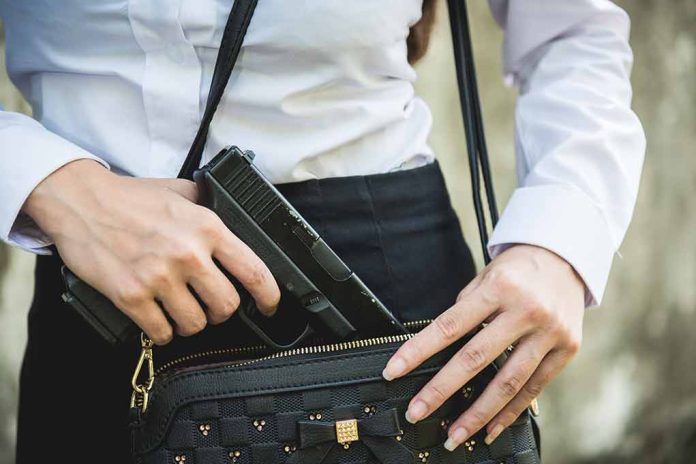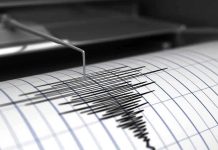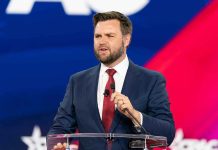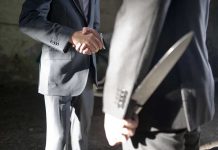
The potential of armed civilians in halting mass casualty events brings to light an underreported yet significant aspect of the Second Amendment discourse.
Key Takeaways
- Civilians respond more effectively to active shooter situations than police.
- Crime Prevention Research Center data supports armed civilians’ effectiveness in mass shooting interventions.
- Permit holders exhibit high success rates in stopping such attacks.
- Police face higher risks during interventions, with more likelihood of being wounded or killed.
- Armed civilians have successfully intervened in numerous active shooter cases.
The Role of Armed Civilians
We’ve all heard the expression, “The only thing that stops a bad guy with a gun is a good guy with a gun.” Well, despite what the liberal media would have you believe, there may be more truth to that expression than we thought.
Recent studies exploring the involvement of armed civilians in preventing mass casualty events suggest a critical shift in how public safety could be perceived. Civilians stopped more active shooters than police, according to a study by the Crime Prevention Research Center (CPRC). These findings prompt an examination of gun ownership’s role in personal and public safety. Civilians stepping into active shooter situations often make fewer errors compared to law enforcement.
Data from CPRC highlights how the mainstream media underrepresents these civilian successes, potentially skewing public perception. Their statistics indicate a notable contribution of civilians in mitigating potential mass shootings. CPRC found from 2014 to 2023, armed civilians stopped 180 out of 515 active shooting cases, showcasing the critical role played by these everyday heroes.
Efficiency of Civilian Interventions
The efficiency of civilian interventions compared to police responses sparks discussion on many levels. “Civilians stop more active shooters than police and do so with fewer mistakes,” reports CPRC. Concealed carriers not only show higher response efficacy but encounter fewer casualties.
Police, while trained, face a higher risk and complexity managing active shooter scenarios, resulting in six times the chance of fatal outcomes. The outcomes showcase how armed individuals contribute significantly to public safety, emphasizing responsible gun ownership.
Implications for the Second Amendment
The CPRC’s findings provide a critical perspective on Second Amendment rights. “These findings highlight a reality that is often ignored: responsible gun owners save lives,” Lott stated. This positions concealed handgun permit holders not as vigilantes but as vital participants in community safety when law enforcement may not be rapidly available.
Lott drives home the true message behind the study’s results: “These findings highlight a reality that is often ignored: responsible gun owners save lives. Concealed handgun permit holders aren’t reckless vigilantes, but they are law-abiding citizens who step up in moments of crisis when seconds matter and police are minutes away.”
This dialogue impacts the debate on mainstream firearm portrayal, encouraging a deeper appreciation for civilians’ roles in potential crises. It underscores a pivotal shift in recognizing the value of armed civilians and challenges prevailing narratives, fostering informed discussions about personal safety in alignment with constitutional rights.
Sources:
- New Study Proves Armed Citizens Stop Mass Shootings
- Study: Concealed Carriers Do A Better Job Of Stopping Active Shooters Than Police
- Study: Concealed Carriers Stop More Active Shooters Than Police Do
- The Effects of Concealed-Carry Laws | RAND



